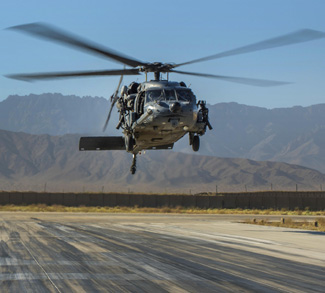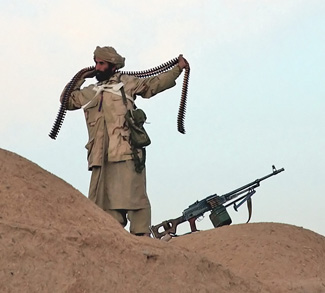Summary
By any measure, the Taliban is making serious gains on the ground in Afghanistan.
The northern city of Kunduz was briefly taken by Taliban forces last week, with US airstrikes ongoing to try and drive out any remaining insurgents. Just yesterday, the capital of the notorious Helmand province nearly fell to a coordinated Taliban attack. The militant group now claims control of over 75% of Helmand, which is the heartland of Afghanistan’s lucrative opium trade.
Even going by official US military assessments, the situation is grim: the Taliban already control over 30% of Afghanistan. And their territorial footprint is expanding by the day.
It’s easy to dismiss these gains and write them off as the ebb and flow of Taliban fortunes, as something that we’ve been seeing since the US invasion re-cast the country’s political landscape in 2001. But doing so would be a dangerous oversight, because all of the factors that enable pushback from the Afghan government – foreign assistance, US military support, and morale on the ground – are finite. And once they’re exhausted, the military outlook can change in the blink of an eye.
Background
Donor fatigue in an unending rebuilding project. As Taliban forces mounted major attacks on Kunduz and Helmand, international donors gathered in Brussels to pledge new money for Afghanistan’s reconstruction. In all, $15.2 billion was pledged, with the EU coming in as the largest donor with $5.6 billion.
The last time this happened was in Tokyo in 2012, where $16 billion was pledged to Afghanistan.




